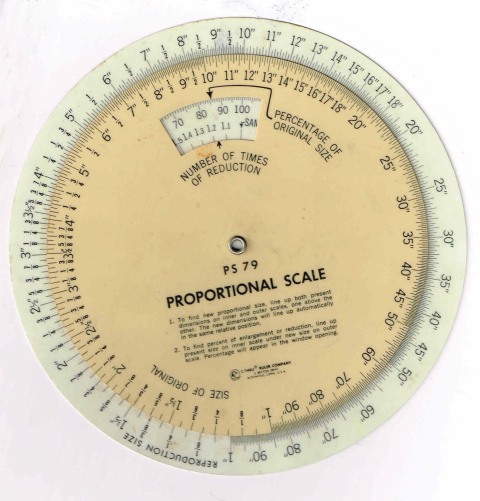

Therefore it is closer to the original image that you saw on your camera. This aspect ratio is slightly less boxy and rectangular than the 4 x 5 (8 x 10) ratio. This is a default ratio in Lightroom or Photoshop. 5 x 7 Aspect RatioĪnother common aspect ratio is 5:7. This is because we are cropping from a 4:6 (or 8 x 12 aspect ratio) to a 4:5 or (8 x 10 aspect ratio). Well, part of the image is going to have to be cropped out because 8 x 10 and 8 x 12 are different aspect ratios:Īs you can see above, cropping from the original straight out of the camera dimensions results in losing some of the edges of the image. Let's say your client wants an 8 x 10 print.

This is where things get a bit tricky with printing. Now, when this ratio is translated to print dimensions, a common size is 8 x 12 inches: I know it sounds silly, but this is one of those situations where whatever helps you work out the math in your head is totally acceptable, as long as you can visualize what the numbers mean. I think of 4 x 6 in terms of "four parts height, and six parts width. I love to cook, so thinking about aspect ratio in cooking terms helps me visualize what these numbers mean. Most digital images, shot in camera and before any cropping occurs during post-processing, have an aspect ratio of around 4:6 or 2:3 (another way of expressing 4 x 6 or 2 x 3). Unfortunately, this is not always the case - but there are workarounds! First, let me explain the basics of aspect ratios and HOW IT RELATES to print dimensions:Ĭommon Photo Aspect Ratios 4 x 6 Aspect Ratio In other words, nothing will be cropped out of the picture. Understanding Photo Aspect Ratio & Print DimensionsĪ common misconception about printing images is that you can print any image, at any size, and everything that appears in the image on your screen will also appear in a print.
#Aspect ratio calculator print how to
How to Sync Lightroom Presets from CC to Mobile
#Aspect ratio calculator print install
How to Install Presets in the Free Lightroom Mobile App How to Sync Lightroom Presets from CC to Mobile.How to Install Presets in the Free Lightroom Mobile App.iResizer analyzes the image and finds ways to apply the selected aspect ratio with minimum damage done to the protected green zones. Run the resizing process and select the desired aspect ratio in the dialog. Now you are ready for cropless changing of the aspect ratio of the photo. Similarly, the red marker denotes areas you’d prefer to not see on your cropped image, that is, red selects zones you are ready to sacrifice. Simply select all areas on the photo you want to preserve with the green marker. Usually, these are central or distinctive elements on the photo - persons, animals, buildings and so on. Here is how it works.įirst of all, you should decide which parts of the picture you want to protect from resizing, cropping and distortion. Using a gentle "folding" of the image, it changes its size and preserves all crucial elements of the composition. Often, cropping a picture also leads to broken composition of a photo due to lack of room on the cropped version.īeing a content aware resizing tool, iResizer offers a more intelligent approach to the problem. Sometimes it’s just a background, sometimes the details are truly important. Whenever you have to crop a photo, you lose information. Which means you have to crop 2 inches of the picture! Is it possible to adjust aspect ratio without cropping a photo? As we have seen earlier, the aspect ratio of 3:2 matches an 8x12 print. Let’s say you want to make an 8x10 print of a photo taken with your 3:2 DSLR camera. Unequal aspect ratios will force you to crop images to make them fit. Whenever you need printing a different size photo, you have a problem. Particularly, 6x8 photos have an aspect ratio of 4:3 and 8x12 corresponds to an aspect ratio of 3:2. Among them, only few match the aspect ratio of digital cameras. Typical photo print sizes are 4圆, 5x7, 8x10, 8x12, 11x14 and some others. The problem begins when you want to print photos. The bulk of digital cameras today are either 3:2 or 4:3. For example, 1920x1280, 3456x23x3456 photos all have an aspect ratio of 3:2, while 3072x2304 or 2272x1704 resolutions correspond to an aspect ratio of 4:3. Aspect ratio defines how sides of a rectangle relate to each other.


 0 kommentar(er)
0 kommentar(er)
